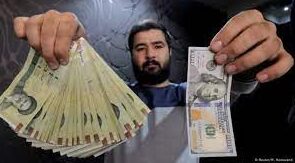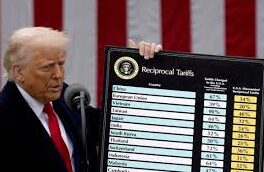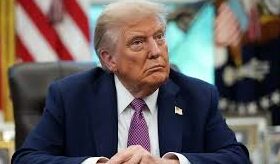Iran’s Parliamentary Economic Commission has revived long-stalled plans to lop four zeros off its rapidly devaluing national currency, aiming to streamline financial transactions and restore public confidence.
According to a statement on the Iranian parliament’s official website, ICANA, Commission Chairman Shamseddin Hosseini confirmed that the panel approved the removal of four zeros from the currency and reaffirmed the use of the name “rial” for the restructured monetary unit.
Under the proposed redenomination plan, one new rial would be equivalent to 10,000 of the current rials, and it would be subdivided into 100 “gheran.”
Originally introduced in 2019, the plan was shelved amid political and economic uncertainties. The revived bill must still pass a parliamentary vote and receive approval from the powerful Guardian Council, which holds legislative oversight authority. No date has been set yet for the parliamentary vote.
Back in May, Central Bank Governor Mohammad Reza Farzin expressed a renewed commitment to the plan, citing the rial’s poor image on the global economic stage.
The revival comes as Iran faces deepening economic difficulties, including surging inflation, steep currency depreciation, and the lingering impact of international sanctions.
As of Sunday, the rial was trading at nearly 920,000 to the U.S. dollar on the informal street market, according to local media reports and rates tracked by Bonbast, a non-official exchange monitoring site.
In practice, Iranians have largely abandoned the rial in everyday transactions, opting instead for the more familiar toman, which equals 10 rials.
Iran’s economy has been under sustained pressure since 2018, when former U.S. President Donald Trump withdrew from the nuclear accord and reimposed sweeping sanctions under his administration’s “maximum pressure” strategy. Following his return to office in January, Trump doubled down on those measures.
In June, parliament approved the appointment of Iran’s new economy minister, Ali Madani-Zadeh, after ousting his predecessor, Abdolnasser Hemmati, in a vote of no confidence over his failure to address the country’s deepening financial crisis.
The same month, Israel launched an unprecedented strike on Iran’s nuclear and military infrastructure, triggering a deadly 12-day conflict.






